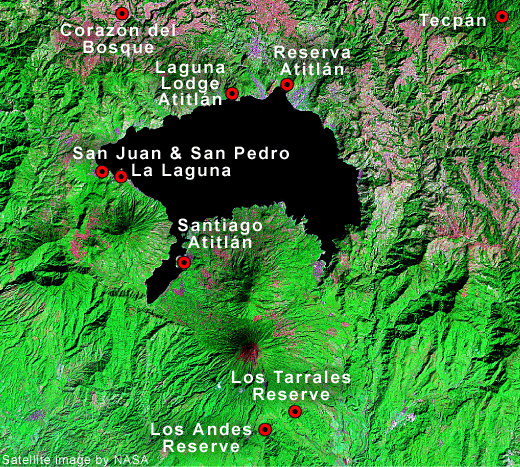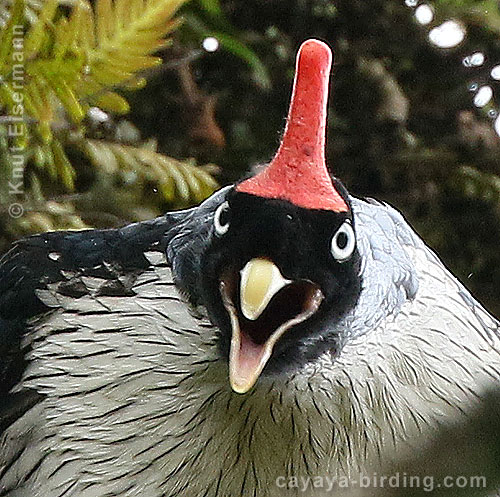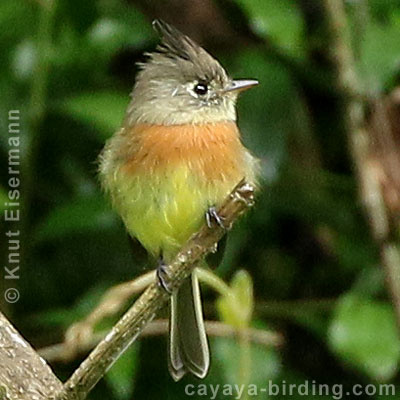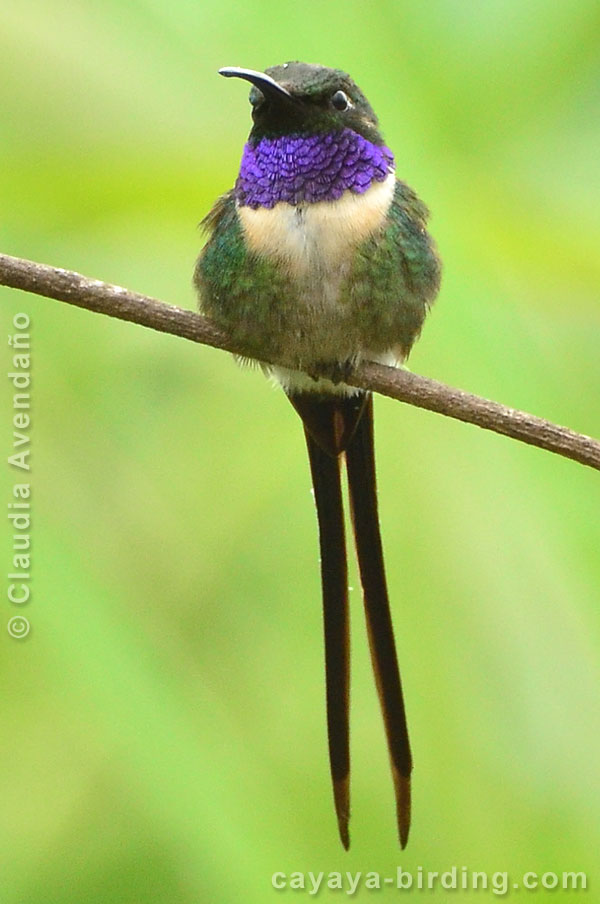Birding tours in the surroundings of Lake Atitlán with CAYAYA BIRDING
The English ornithologist Osbert Salvin (senior author of the four volumes on birds in Biologia Centrali-Americana, 1879-1904) called Lake Atitlán and its surroundings in 1858 "... to my idea the far away most beautiful district in Guatemala". Although deforestation and disastrous water pollution have changed the environmental setting considerably since then, the beauty of the landscape with the caldera lake and surrounding cinder cone volcanoes is still breathtaking ... as is the birding, not just because many birding trails include some considerable uphill hiking, but because the area harbors an extensive set of regional endemics.
Hover over / click / tap map for descriptions of birding hotspots around Lake Atitlán
An endemic bird species used to live at Lake Atitlán, the Atitlan Grebe (Podilymbus gigas). It is considered extinct since the late 1980ies. Atitlán, however, is still an interesting destination for birdwatchers. The surroundings of Lake Atitlán covers altitudes from 700 to 3500 m (2,300 - 11,500 ft), where most of the regional endemic bird species of the highlands of southern Mexico and northern Central America can be found, including Horned Guan, Highland Guan, White-bellied Chachalaca, Blue-throated Motmot, Slender Sheartail, Sparkling-tailed Hummingbird, Green-throated Mountain-gem, Belted Flycatcher, Pink-headed Warbler, Bushy-crested and Black-throated jays, Rufous-collared Robin, Blue-and-white Mockingbird, Bar-winged Oriole, Black-capped Siskin, and Azure-rumped Tanager. Also Resplendent Quetzal, Guatemala's national bird, can be observed in cloud forests on the volcano slopes.
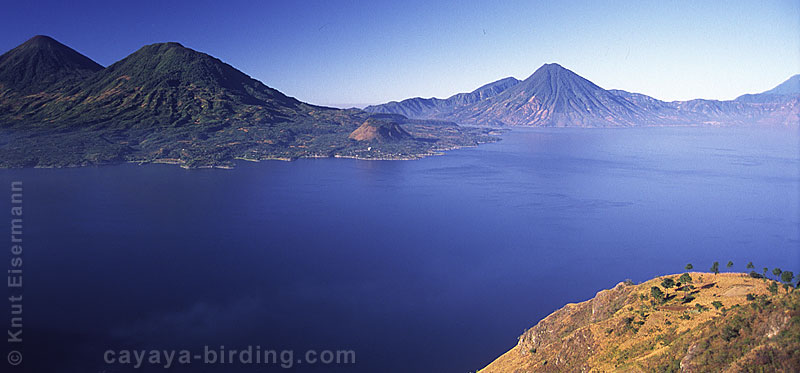
The rough topography is responsible for a diverse set of habitat types ranging from wetlands, dry scrub, pine-oak forest, rainforest, and cloud forest. Human-altered habitats include corn fields, coffee plantations, and grazing areas for cattle and sheep.
Accommodations in the surroundings of Lake Atitlán range from birding lodges such as Los Tarrales – with a high diversity of birds within walking distance around the lodge – to comfortable hotels in villages on the lake shore, with birding spots easily accessible by short drives or boat rides. See details on our birding hotspots using the interactive map.
The area of Lake Atitlán with its surrounding volcanoes has been designated by BirdLife International as Important Bird Area Atitlán (IBA GT015). The identification of IBAs in Guatemala was coordinated by Knut Eisermann and Claudia Avendaño of CAYAYA BIRDING.
